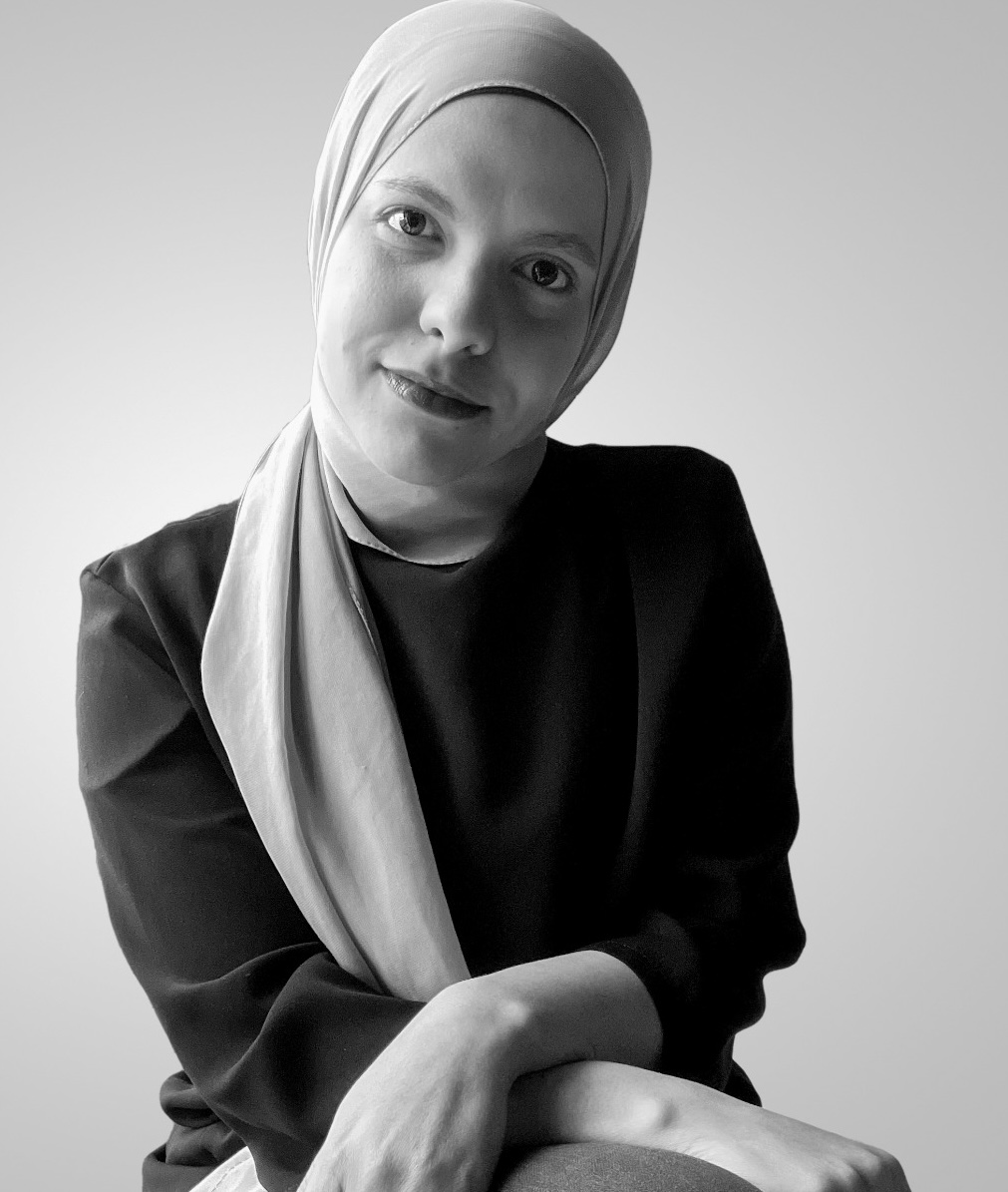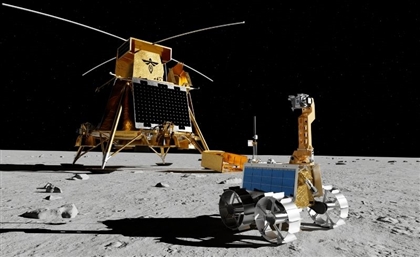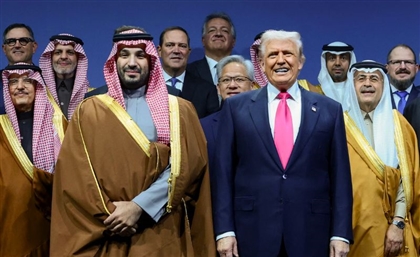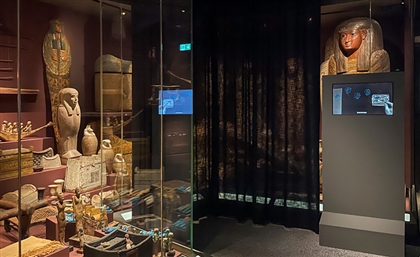District 11: HWKN’s First AI-Planned District in Sharjah, UAE
HWKN tests the limits of AI-driven planning in District 11, using automation to inform design while preserving architectural judgement, spatial intent, and contextual responsiveness.
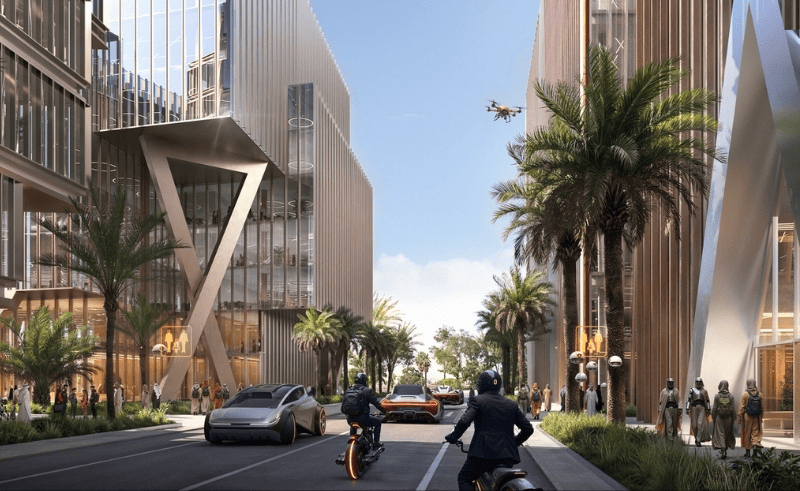
In a moment when artificial intelligence is being positioned as a transformative force in urban planning, HWKN’s latest project in Sharjah demonstrates how architects can harness its computational strength without relinquishing authorship.
Commissioned by Al Marwan Real Estate Development, the New York-based architecture practice was tasked with designing 11 buildings for a 3-million-square-foot commercial district in the UAE’s third most populous city. Though widely labelled as “AI-Planned,” District 11 is, in reality, shaped just as much by human logic as it is by machine power. Sited within walking distance of Al Zahia City Centre and Sharjah University City, District 11 includes office buildings, retail outlets, cafés, childcare and healthcare facilities, a mosque, and specialised institutes—a programme mix that reflects HWKN’s “Work Resort” concept, now applied at a neighbourhood scale.
HWKN describes the workflow as a three-part cycle: exploration, articulation, and visualisation. During the exploratory phase, AI analysed regional data ranging from heat maps to cultural footprints to generate thousands of configurations. From there, architects intervened, making selective decisions about massing, solar orientation, pedestrian circulation, and shading.
The buildings themselves are varied—some adopt American-style open plans, others are denser and more compact in a European style. Several are adaptable for future use as hotels or co-working spaces. At the heart of the development is a promenade running east to west, anchoring the neighbourhood in both symbolic and functional terms. It links the mosque to nearby residential zones and acts as a social spine.
The technology’s value lies in its ability to surface viable strategies quickly and test performance at scale. Using what HWKN describes as a "reverse engineering process," AI-generated concepts were refined and translated into feasible architectural designs by the team. District 11 stands as an example of how AI’s computational powers can be purposefully integrated into the architectural process. Rather than relying on automation for answers, HWKN used it to expand the range of questions a masterplan can ask. The result is a neighbourhood shaped by both digital foresight and human intent, demonstrating how emerging tools can serve design without diminishing architects’ authorship.







